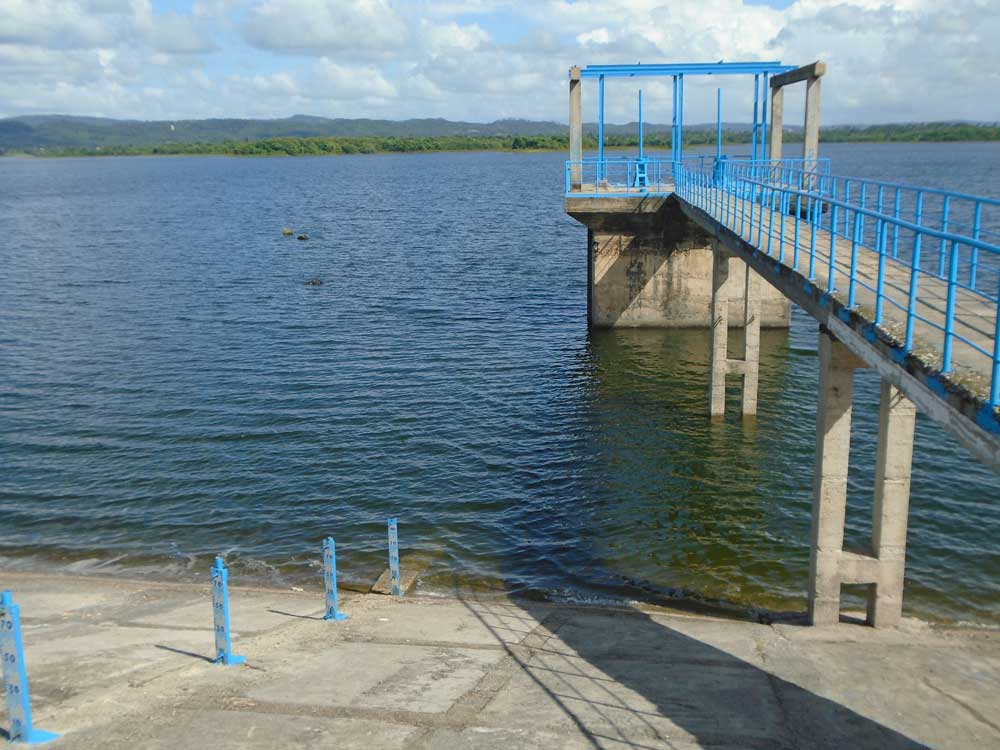 Havana, March 3. - With the final purpose of guaranteeing from the technical area and comprehensive management of watershed systems the access of the population and entities to safe sources of water, the first phase of the collaboration project between the Japan International Cooperation Agency (Jica) and the Cuban Institute of Hydraulic Resources (INRH, for its acronym in Spanish) has practically concluded.
Havana, March 3. - With the final purpose of guaranteeing from the technical area and comprehensive management of watershed systems the access of the population and entities to safe sources of water, the first phase of the collaboration project between the Japan International Cooperation Agency (Jica) and the Cuban Institute of Hydraulic Resources (INRH, for its acronym in Spanish) has practically concluded.
JICA has developed several cooperation projects with the island in this field for about 20 years, with work directed primarily to local research and studies.
The project will strengthen the integrated management of hydraulic resources in six aquifers in the provinces of Artemisa, Mayabeque and Havana, and will seek, through the use of scientific data, to increase the precision of allocation plans and adequate use of water in that area.
In addition, it plans to improve water management through monitoring, strengthen the watershed council in the region and implement new ways of doing based on the Japanese experience and that of our specialists.
In assessing the current work, Harou Yamane, the project leader for the Asian country, emphasized at a press conference in Havana that in order to achieve the intended purposes, an adequate balance of water is needed, with a view to prioritizing an optimal supply in order to satisfy the demands of populations and economic entities in the territories included.
The essential balance in supply requires, he said, the strengthening of infrastructure and savings, and he said that the research identified the agricultural sector as the largest consumer of water in the area covered by the project, as well as a low level of knowledge among farmers regarding the concepts of efficient irrigation and the amount of water required by each crop, "so it is urgent to raise awareness among users about these issues," he stressed.
Among other aspects, the Japanese expert highlighted the advanced management system of the watersheds in the areas conceived in the joint studies developed with the National Institute of Hydraulic Resources of the island, which contributed to the execution of the project.
Fermín Sarduy Quintanilla, director of International Relations and Collaboration at INRH, said that the pilot project in this first phase also includes training for those in charge of management at the basin level, agricultural activity and the population to promote efficient and rational use of water, with a view to later extending it to the rest of the country.
As a result, he said, training courses were promoted for Cuban technicians in Japan in order to strengthen areas of action of the project such as efficient irrigation and security of supply.
Yosmary Gil Leal, responsible for the Cuban part of the project, highlighted that the second phase of action is currently beginning after the initial diagnosis, which also allowed the identification of a series of problems that are intended to be reversed in the period up to the year 2027.
She explained that the choice of these territories responds to the presence of the fundamental basins that supply the precious liquid to the capital and has included the donation by the Japanese side of measurement equipment and the enabling of the necessary computer tools to map the situation.
After this phase, a third stage will proceed consisting of updating the National Hydrological Scheme, which dates back to the 1990s and does not address issues such as the impacts of Climate Change and drought, among other issues. (Trabajadores Digital) (Photo: Taken from the Internet)